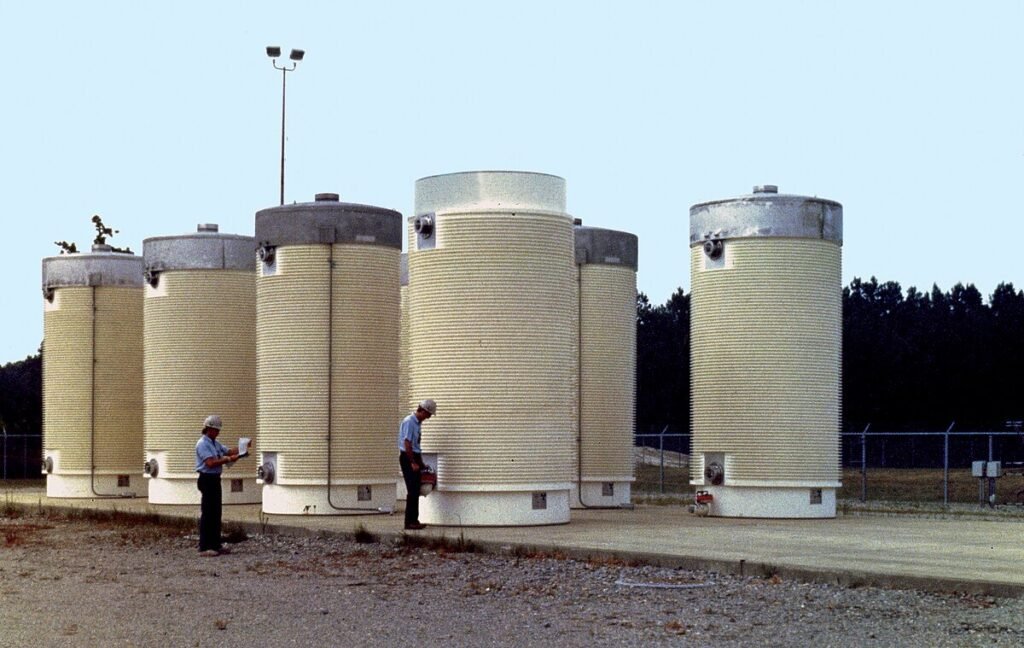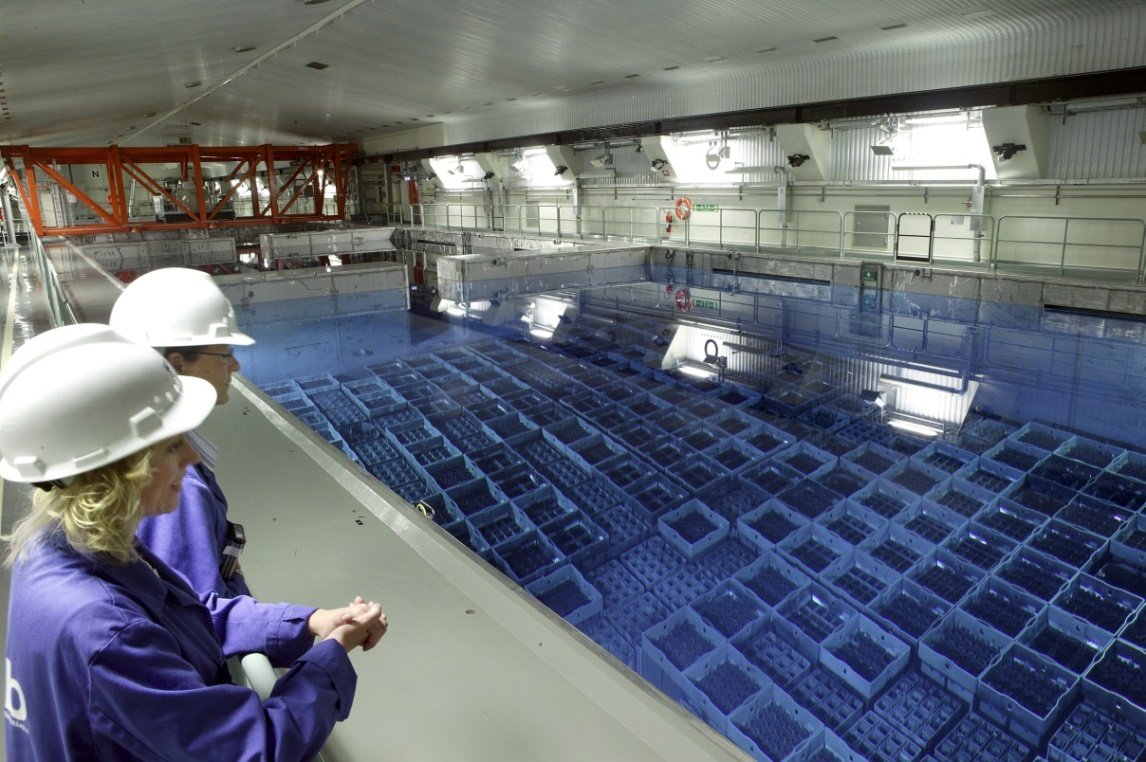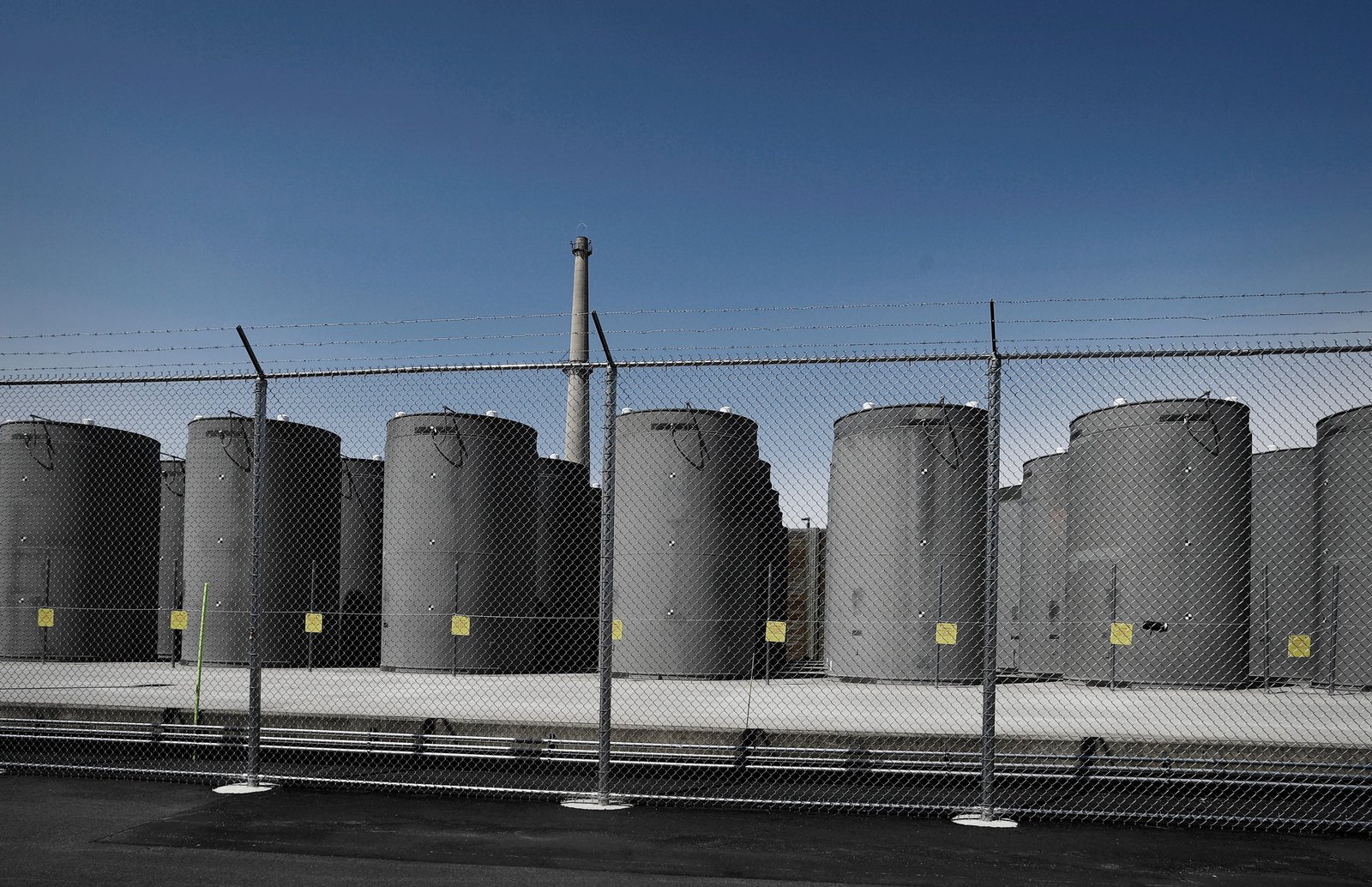Storing radioactive waste effectively is a critical aspect of managing materials that emit radiation. Proper storage not only protects the environment but also safeguards public health. In this article, we will explore the best practices for storing radioactive waste, helping you understand the importance of safety and compliance in this sensitive area.
Understanding Radioactive Waste
What is Radioactive Waste?
Radioactive waste refers to materials that are radioactive or contaminated with radioactive substances. This type of waste can originate from various sources, including nuclear power plants, medical facilities, and research laboratories. Given its potential hazards, it is essential to handle and store radioactive waste with utmost care.
Types of Radioactive Waste
Radioactive waste is classified into several categories based on its level of radioactivity:
- Low-Level Waste (LLW): This includes items like contaminated clothing, laboratory supplies, and medical waste. LLW typically emits low levels of radiation and requires minimal shielding during storage.
- Intermediate-Level Waste (ILW): This waste generates more heat and requires shielding to protect against radiation exposure. ILW includes materials from nuclear reactors and certain industrial applications.
- High-Level Waste (HLW): This category includes spent nuclear fuel and other highly radioactive materials. HLW is incredibly hazardous and requires specialized storage solutions due to its long-lived radioactivity.

Effective Storage Practices
1. Designated Storage Areas
Creating designated storage areas is the first step toward effective storage of radioactive waste. These areas should be constructed in accordance with regulatory standards and designed to prevent the release of radiation.
Key Features of Storage Areas
- Shielding: Storage facilities must include appropriate shielding to minimize radiation exposure. This can involve using materials like concrete, lead, or steel.
- Access Control: Limit access to storage areas to authorized personnel only. Implementing security measures helps prevent unauthorized entry and potential accidents.
2. Proper Segregation of Waste
Proper segregation of radioactive waste is essential for effective storage. By categorizing waste based on its level of radioactivity, facilities can ensure that appropriate storage methods are used.
Segregation Techniques
Utilizing color-coded containers and clear labeling can help staff easily identify waste types. For instance, containers for low-level waste can be marked in green, while those for high-level waste can be marked in red. Training staff on these segregation techniques enhances compliance and safety.
3. Regular Monitoring and Maintenance
Monitoring and maintaining storage facilities is vital to ensure their effectiveness. Regular inspections can help identify potential issues, such as leaks or structural integrity concerns.
Monitoring Systems
Implement advanced monitoring systems that track radiation levels and detect any anomalies in storage areas. These systems can provide real-time data, enabling staff to respond promptly to any potential hazards.
4. Emergency Preparedness
Having an emergency preparedness plan in place is crucial for dealing with potential incidents. This plan should outline procedures for responding to leaks, spills, or other emergencies involving radioactive waste.
Training and Drills
Conduct regular training sessions and drills to familiarize staff with emergency procedures. This ensures that everyone knows their roles and responsibilities in the event of an emergency, promoting a swift and effective response.
5. Regulatory Compliance
Adhering to regulations is non-negotiable when it comes to storing radioactive waste. Regulatory bodies, such as the Environmental Protection Agency (EPA) and the Nuclear Regulatory Commission (NRC), set forth guidelines that facilities must follow.
Continuous Education
Facilities should prioritize ongoing education for staff to keep them informed about current regulations and best practices. Staying updated on regulatory changes is essential for maintaining compliance and ensuring safety.
Conclusion
In conclusion, effective storage of radioactive waste involves creating designated storage areas, properly segregating waste, regularly monitoring and maintaining facilities, preparing for emergencies, and ensuring regulatory compliance. By implementing these best practices, facilities can safely manage radioactive waste and protect public health and the environment. Remember, responsible storage is not just a regulatory requirement; it is a commitment to safety and sustainability in handling radioactive materials.




